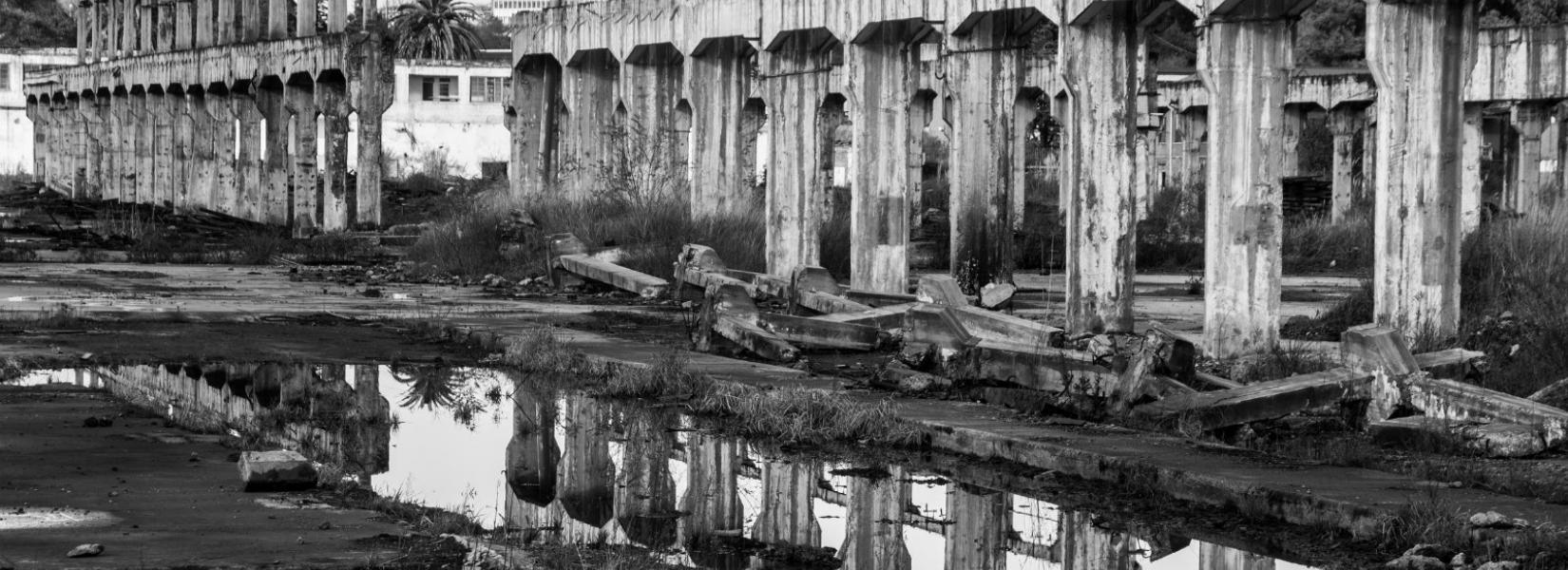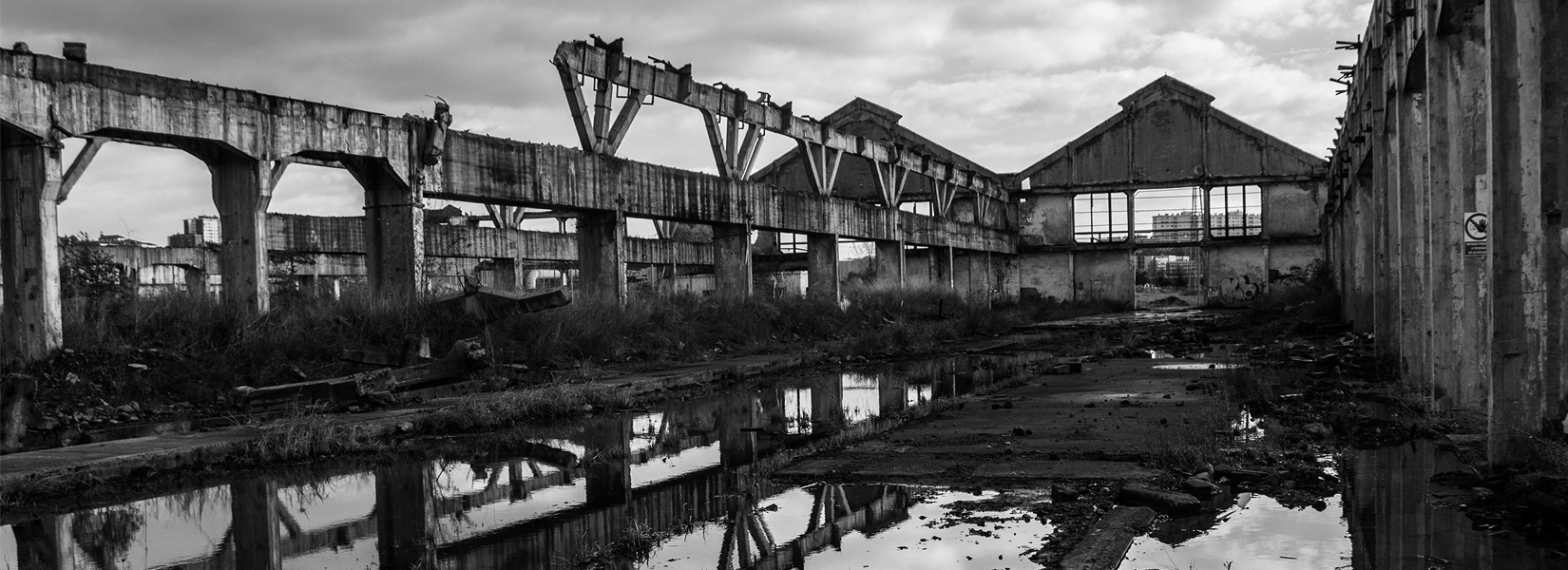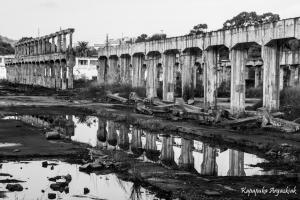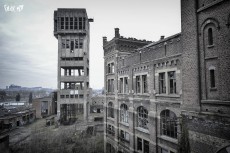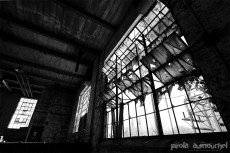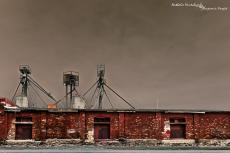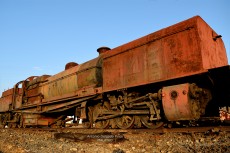The Coal mine of Hasard de Cheratte is the main colliery of Société anonyme des Charbonnages du Hasard, composed of four mine shafts. It is located in Cheratte, a section of the Belgian town of Visé located in the Walloon Region in the province...
The abandoned Babcock & Wilcox plant of Sestao
The former railway plant in the Galindo valley
The history of the Babcock & Wilcox in the Galindo valley began during the First World War when the difficulties of the Compañía de los Caminos de Hierro del Norte de España will result in the sale of the plant to the Babcock & Wilcox company, today specializing in energy technologies.
Located in Sestao, near Bilbao, the industrial complex is specialized in the manufacture and repair of industrial locomotives. Among the contracts awarded to the company, Babcock & Wilcox is responsible for the repair of 173 locomotives damaged during the Civil War that divided the country for more than three years. It will also be the last company in Spain to build steam locomotives (1961).
While more than 5,250 employees was working there at its peak in 1976, the oil crisis, which began in the U.S. in 1971, will join Spain at the end of the decade and will cause the beginning of the end of the huge Babcock Wilcox industrial complex in Sestao.
The central government will try somehow to save an industry that was the heart of one of the most important sectors of the region, but unfortunately, the site will be closed in 1992.
The Babcock & Wilcox around the world
While its headquarters are located in Charlotte, North Carolina, USA, the Babcock & Wilcox still operates several plants around the world including Canada, China, Denmark, Sweden, Mexico, India and many more. More than 12,000 people work for the company. Founded in 1867 by Stephen Wilcox and George Babcock, the company has also left behind numerous restructuring plans that resulted by several abandoned factories, including one in Montreal that you can visit on Urbex Playground.
Related content
It's over 92 years of industrial history that ended in 2004 when the Spexel factory was closed down. The story of this plant start in 1912 when is built the paper mill, which took the name of Howard Smith Paper Mill. Over the following years, the...
Hochelaga-Maisonneuve has been deeply marked by the train, in its development. Even today, it is surrounded by three tracks : the Canadian Pacific to the west, the now abandoned Canadian National to the east and the one of the port of Montreal to...
We are talking about over 5000 years of mining history in this area. The landscape has been changed forever, and it looks at some places like a alien planet where red, yellow, purple mingle with green, gray and ocher.
The ten abandoned...

